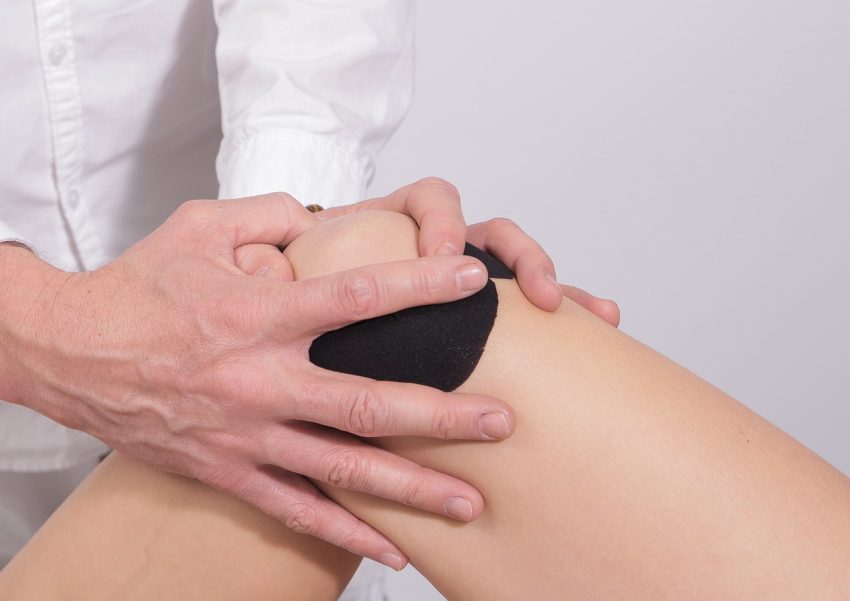A knee injury entails a lot of impediments in someone’s daily routine. And for people who live an active lifestyle, not being in top shape can be frustrating.
But don’t fret; you can still keep active by trying out low-impact activities with stationary bicycles. If you’re wondering what the best indoor exercise bike for knee rehab is, you can try recumbent bikes.
What Is a Recumbent Bike?
From its name, a recumbent bike allows cyclists to lie in a recumbent or semi-reclined position. It’s also known for its wide seat that’s comfortable for your lower back and spine.

Its unconventional design makes it convenient for workout beginners and those recovering from injuries in their lower extremities.
Generally, you can use recumbent bikes outdoors like your traditional bikes. However, it also has stationary versions commonly seen in gyms or physical rehabilitation facilities.
Why Use an Indoor Recumbent Bike?
If you’re recovering from a knee injury, using an indoor recumbent bike gives you a perfect balance of cardio, all while keeping your joints warmed up.
Recovering from a knee injury encourages less activity and may increase body fat. This might be troublesome as weight gain can increase pressure on your knees. High-impact workouts like running, deep squats, or jumping are also not advisable as this could worsen your condition.
Having said this, experts recommend doing moderate cardio workouts like stationary cycling, walking, aerobics, etc., which burn enough fat to stabilize your weight and aid your knee recovery.
What Should I Look For in a Stationary Recumbent Bike?
Generally, stationary recumbent bikes come with pedals and handlebars at the front and side of their signature reclined seats. The variation mainly depends on the extra features that it offers.
If you want to maximize your investment, check these features before purchasing your recumbent bike:
Adjustability
Most of the time, you can adjust the height and reach of a stationary recumbent bike to fit your stature. However, some models only allow a by-inch adjustment rather than by centimeters leaving less room for adjustability.
An imprecise adjustment for your stature could cause discomfort during the workout. In the worst-case scenario, it can further strain your knees. To be safe, test the bike and see its range of adjustability.
The Seats
Recumbent bikes are known to have wider sitting space. But due to preferences, some might feel uncomfortable with the ones their recumbent bikes come with from purchase.
On the bright side, most recumbent bike seats are switchable to suit your taste. Comfortability is a priority during injury recovery. Having this in mind, choose a seat design that properly fits and supports your hips and back.
You can also consider factors like the softness of the cushion or the choice of material for the seat cover to maximize your comfort.
Other Features
Think about how your workout routine will go in a day. If you’re the type to hydrate yourself in between sets, you might as well choose a model with a tumbler or water bottle holder.
Or if you do weights on the side, you can get one that provides extra space to place your dumbbells.
Recent models also offer advanced features like being in sync with your fitness app or health tracking devices.
Conclusion
A stationary recumbent bike is an excellent aid in rehabilitating knee injuries. It provides the right balance of cardio to keep patients in shape, all while strengthening their muscles and ligaments.
With the vast array of designs of recumbent bikes, make sure to personalize their function to suit your needs and preference.
